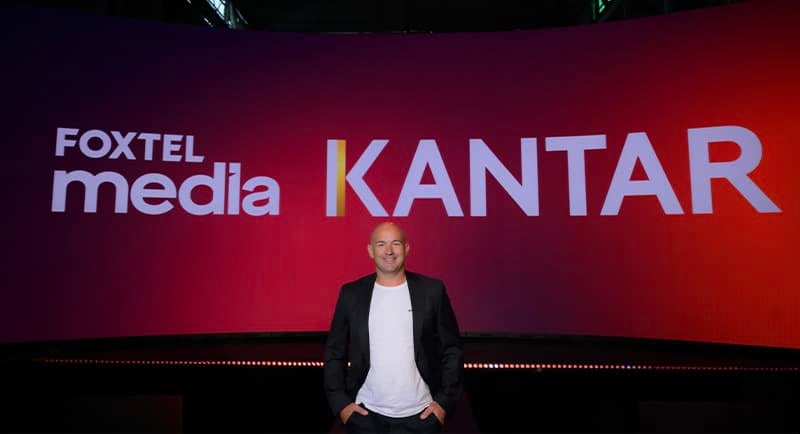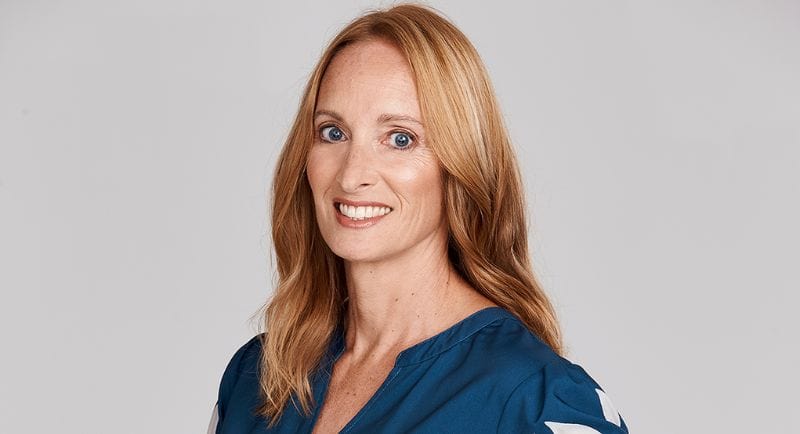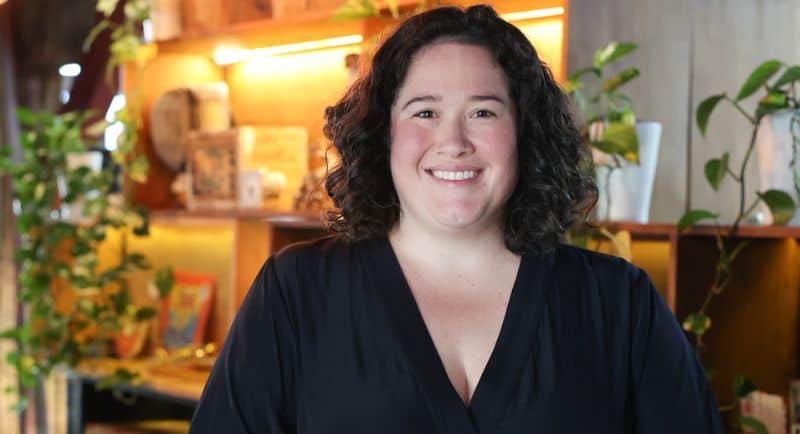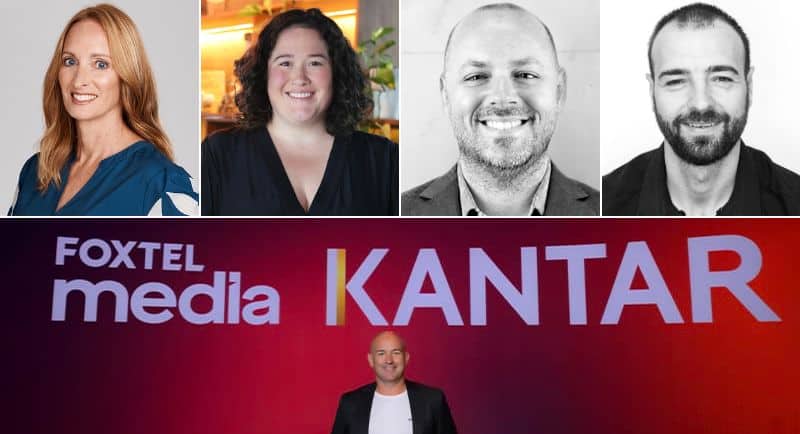Foxtel Media announced it is launching a new measurement system that will capture viewing data from across Foxtel Group services.
This comes after the subscription television company reportedly inadvertently overstated its audience numbers on key sports matches by as much as 40 per cent, as reported by The Sydney Morning Herald in March.
At Foxtel Media’s 2024 Upfront, CEO Mark Frain said that the Group had reached a digital tipping point in viewership, with 66% (3.1 million subscribers) of the company’s customer base coming from its streaming services. He explained that existing ratings methodologies were struggling to keep pace with the shift in viewership to digital streaming platforms.

OzTAM responded to the announcement, noting that the: “Foxtel-only audience measurement system poses the risk of confusion in the market.”
“Introducing a new measurement service is expected to raise questions regarding reliability, comparability and integration into agencies’ buying systems. The industry has clearly stated that it wants one service to measure Total TV, and that is what OzTAM provides.
“OzTAM’s single source-of-truth measurement service underwrites the trust brands and media buyers continue to place in broadcasters’ audience delivery. OzTAM values our decades-long relationship with Foxtel as a participating broadcaster and OzTAM data subscriber, and we look forward to that continuing, as evidenced by its recent contract extension.”
With Foxtel’s new measurement system set to come into play in the future, leaders from independent and holding company agencies shared their thoughts with Mediaweek on what this means for the impact agency spending and whether it make a difference to the landscape.
Lucy Formosa Morgan, managing director of Magna

The TV landscape isn’t the same as it once was. Over two-thirds of TVs are now Connected TVs, which unsurprisingly is resulting in changing TV viewing behaviours and an ever-increasing share of media budgets being allocated to CTV. All of which makes cross-platform measurement more important than ever before.
The whole industry has been talking about and asking for a total TV ecosystem for years, and that’s what VOZ promised to offer – linear TV and BVOD combined. However, TV isn’t as straightforward anymore. Whereas we used to have linear, subscription TV and, more recently, BVOD, we now have all that plus SVOD, AVOD, FAST channels, YouTube, Smart TVs, etc., all demanding and commanding viewing on the big screen, thanks to internet-enabled / Connected TV sets. Increasingly, consumers are also watching live TV via the networks’ apps on their connected TVs when they could just be watching linear. So, there’s no doubt that TV viewing has evolved, and so too must measurement. VOZ could still be an answer, but I don’t think it should be the only answer.
Earlier this year in the US, a number of programmers and agencies formed a ‘Joint Industry Committee’ to certify and offer multi-currency measurement solutions for TV/video audiences, rather than relying purely on Nielsen, the existing long-term audience measurement player. The JIC are still working through the process, but their goal is to set standards and criteria needed to certify multiple measurement currencies for the premium video landscape. VideoAmp, which Foxtel have partnered up with, was one of the audience measurement companies invited to apply, together with iSpot, Samba TV, and Innovid-TVShared, among others.
Competition is coming and we can’t ignore it. It will absolutely disrupt the market so we need to ensure that we’re on the front foot when it comes to setting the standards and criteria for what will ultimately change the currency and how we trade video.
Will multiple currencies impact TV spend? No, in fact I think it could bring more spend into the Total TV market if we’re using big data properly (versus a relatively small audience measurement panel) and measuring audiences and outcomes across the total premium video ecosystem to finally join up all the dots. It’s going to be noisy while we work through the different measurement providers, but we need to lean in to change, to test, to learn and continue evolving.
Claire Fenner, national CEO of Atomic 212°

Foxtel’s announcement that they have engaged Kantar to develop an audience measurement system to compete with (or complement) OzTAM was a really interesting development.
OzTAM has long been the TV industry’s source of truth, but we should welcome an additional lens on audience measurement. Competition improves offerings. It makes sense for Foxtel to tap into the data from their 1 million set top boxes and 3.1 million subscribers to provide a robust analysis of the viewership across their platforms.
I personally think anything that offers another data point to reference is a good thing when we’re relying on surveyed data. Another data set is not the end of the world and not a new challenge for media agencies. Yes, consolidated data sources are what the industry needs but we’ve long survived without them, and consolidation without a true representation of the screens landscape is also limiting.
I think at this stage, the likelihood of Foxtel’s measurement system changing the landscape dramatically is low. OzTAM data is so well integrated within our industry’s buying, reporting and finance system (which we all know doesn’t change quickly!), and the impact that Foxtel’s measurement system will have is somewhat constrained by the ability for Kantar to integrate with the that system, which at this stage is unclear.
This move also makes sense with Foxtel’s shift to positioning themselves as a video publisher rather than a linear TV competitor and makes the delineation of Foxtel’s data from OzTAM a more palatable proposition for media planners and buyers. If the data is as robust as I anticipate, or hope for, it should provide an even better support and justification for the inclusion of Foxtel’s platforms on media plans.
We also know these things take longer to deliver than originally anticipated, so we’ll have to wait and see when the system is available to agencies, and how insightful and accessible it is. Free access is great, but it remains to be seen whether this means agencies will have direct access to the reporting system or will rely on the Foxtel team to run reports.
Overall, I’m optimistic about the potential benefits of this new audience measurement system but I will always remain a healthy sceptic until I see it for myself.
Taz Papoulias, head of media of Murmur Group

The recent 2024 Foxtel upfronts caused a bit of stir in the market after Foxtel announced it has teamed up with Kantar Media to unlock viewing data collected from more than one million Foxtel set-top boxes.
This is because it’s quite evident that the industry has unequivocally expressed its desire for a singular, comprehensive service for Total TV measurement, and this is precisely what OzTAM offers (as Australia’s only independently audited Total TV measurement tool)
Most of the noise is coming from Agencies who are concerned about integration into agencies’ buying systems & just how reliable the data is not to mention Free to Air TV which has seen dollars shift to subscriber mediums.
I totally agree with the industry – but personally, as a media leader who focuses on the best outcome for my client, which often involves a lack of granular data across many mediums (outside online), I can see the upside and I am going to reserve my official opinion once it has been rolled out.
CEO Mark Frain explained that existing ratings methodologies were struggling to keep pace with the shift in viewership to digital streaming platforms.
With 66% or 3.1 million subscribers of the Foxtel’s customer base coming from its streaming service it makes sense to capitalize on data and offer more robust pricing themes.
I totally agree with Mark in the sense that leading markets such as the US & Europe have been operating in a multi-currency landscape for several years now and have moved away from small panels to focus on large scalable data sets.
That’s not to say the fact Binge (owned by Foxtel) has met or exceeded impression goals and has been open to the wider market for some time now – has something to do with the play, as Foxtel itself does fluctuate quite a bit as times in terms of your clients forecasted impressions vs delivery.
Keep in mind publishers in general have been working on this for some time, as an example NewsCorp now allows you to buy “viewing time” instead of standard CPM rates and while competition is fierce – you can’t blame Foxtel for the move.
When the big boys make the big moves it’s very hard to promote change with their media power but we are all entitled to our opinion. Lets watch this space
Danny Molyneaux, chief strategy office of Claxon

In an era where data is the new currency, Foxtel Media’s partnership with Kantar Media to introduce an advanced audience measurement service is poised to disrupt the media landscape. This strategic move is positioned to usher in a new era of precision and efficiency however, it comes with both opportunities and challenges. This move will also ruffle some feathers and create confusion in the industry as it looks set to diversify Total TV measurement, a move which Oztam has already been pretty vocal about.
Foxtel Media has access to data from over one million set-top boxes and 3.1 million streaming customers providing a treasure trove of valuable information. By harnessing this data, they aim to provide advertisers with a granular understanding of PayTV consumption and subscriber behaviour. When it comes to media planning this depth of insight is invaluable. It empowers advertisers to refine campaigns, ensuring precise targeting to reach the most relevant audience at the optimal moment. This ongoing trend for businesses to harness first-party data to boost their revenue isn’t going away and will only continue to increase.
Potentially, the primary will be on media agency investment. Foxtel aims to encourage increased agency investment by facilitating more precise and efficient advertising. The ultimate goal that we marketers consistently strive for is the ability to attribute channel spend directly to return on investment (ROI), which is an exceptionally potent tool. With enhanced data on consumer behavior and preferences, media agencies can allocate budgets more efficiently, driving better outcomes. However, this shift towards precision advertising may result in increased demand for prime advertising slots, potentially leading to higher costs.
Ultimately, the extent of agency investment will depend on the measurability and reliability of the product. The real test lies in the results!
As Foxtel Media anticipates offering viewing data from the past two years, media agencies will have access to historical data that can be used to track trends and assess the effectiveness of previous campaigns. This will help in optimising future strategies and potentially reduce spending on unsuccessful advertising efforts.
On the other hand, there are challenges to be addressed. Privacy concerns are paramount when dealing with personal viewing data, and Foxtel Media must ensure that it complies with all relevant regulations and guidelines. The responsibility to use this data ethically and transparently falls on both Foxtel and the media agencies that utilise it.
Moreover, as Foxtel Media introduces this advanced measurement service, it may trigger a competitive race among media agencies to harness similar technologies and datasets. As more players enter this arena, costs for accessing such data could rise.
–
Top image: Lucy Formosa Morgan, Claire Fenner, Taz Papoulias and Danny Molyneux
